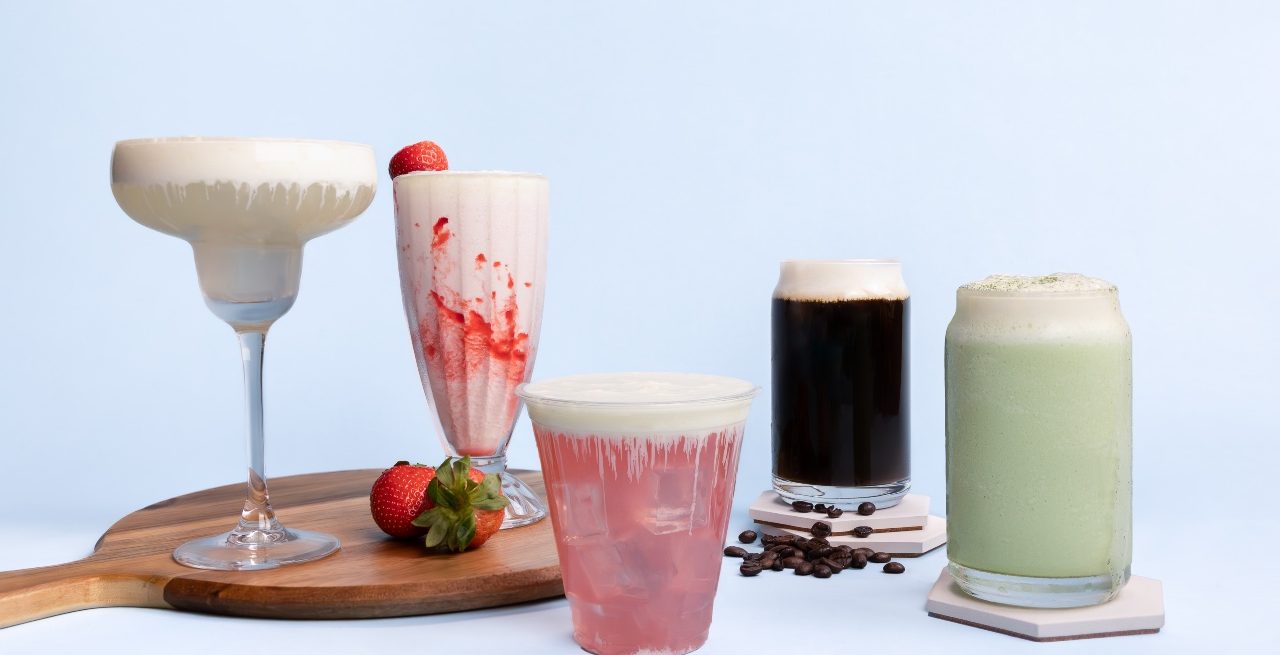From Crunchy to Creamy: Anti-Texture Trend Is Taking Over Plates
4 Min Read By MRM Staff
What's the next food trend that needs to be on a restaurant operator's radar? Food industry experts predict we will see more creamy and indulgent foods as part of the anti-texture trend.
Modern Restaurant Managment (MRM) magazine reached out to Shannon O’Shields, VP of Marketing at Rubix, to learn more on how anti-texture is redefining mouthfeel, why it's so important , and what restaurants can do to capitalize on this growing trend.
In what ways is texture important in the overall dining experience?While individual preferences for flavor can be subjective, opinions on texture hardly vary. A negative textural experience can make or break our perception of an item, no matter how delicious and flavorful it may be. That’s because texture activates more than just our taste buds. The texture of a food or beverage item can make it appear more craveable, deliver a certain desirable mouthfeel, or even carry a particular sound that influences our perception.
Texture…
Sorry, You've Reached Your Article Limit.
Register for free with our site to get unlimited articles.
Already registered? Sign in!

